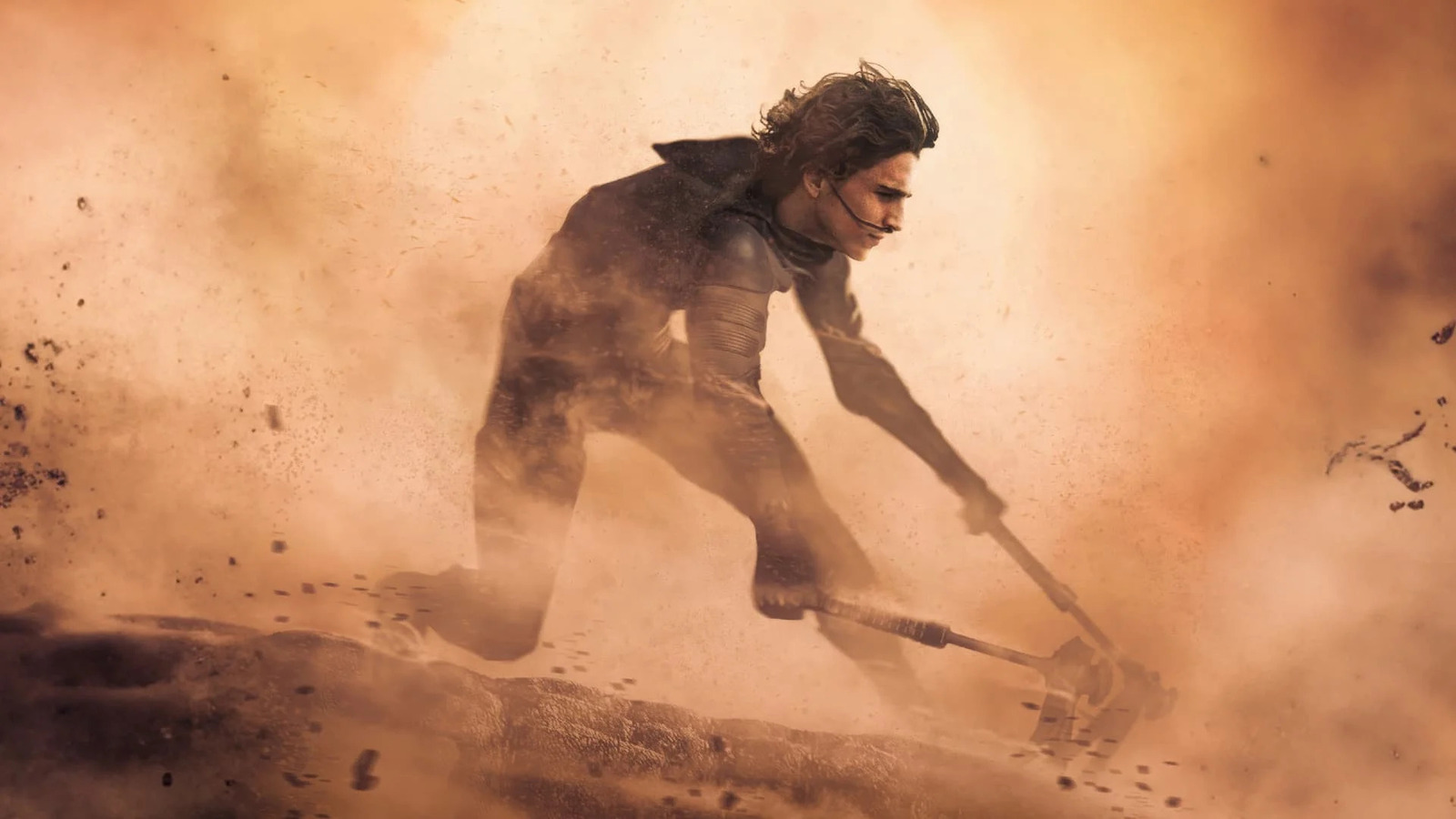
Film sequels fairly often see diminishing returns, and there is one apparent purpose for that: individuals who have not seen the primary film assume they will not know what is going on on within the sequel. That is a good assumption within the case of the “Dune” motion pictures, provided that “Half One” and “Half Two” are primarily based on two halves of Frank Herbert’s authentic novel, and are set in a sci-fi world that is dense with lore. If you have not seen “Dune” then “Dune: Half Two” will on the very least have you ever asking questions like “what is the cope with the large worms?” or “why is Timothée Chalamet doing a foolish sand stroll?”
Warner Bros.’ answer to this was merely to make it as simple as doable to look at “Dune” forward of the second film. That meant not solely a theatrical re-release and opening evening double options, but additionally licensing “Dune” to Netflix, a streaming service with 260 million subscribers worldwide.
It definitely helps that the “Dune” solid have spent the previous couple of years busily racking up hits. Chalamet’s chocolate manufacturing unit prequel “Wonka” not too long ago handed $600 million on the field workplace. Florence Pugh performed a key function within the aforementioned “Oppenheimer,” Zendaya starred in “Spider-Man: No Approach Dwelling” not lengthy after her temporary debut in “Dune,” and newcomer Austin Butler (who performs psychotic Harkonnen inheritor Feyd-Rautha) broke out by starring in Baz Luhrmann’s profitable music biopic “Elvis.”
The field workplace might be as unpredictable because the sands of Arrakis, so solely time will inform how far “Dune: Half Two” can go. Even at this early stage, although, “Dune: Messiah” is trying like an inevitability.


